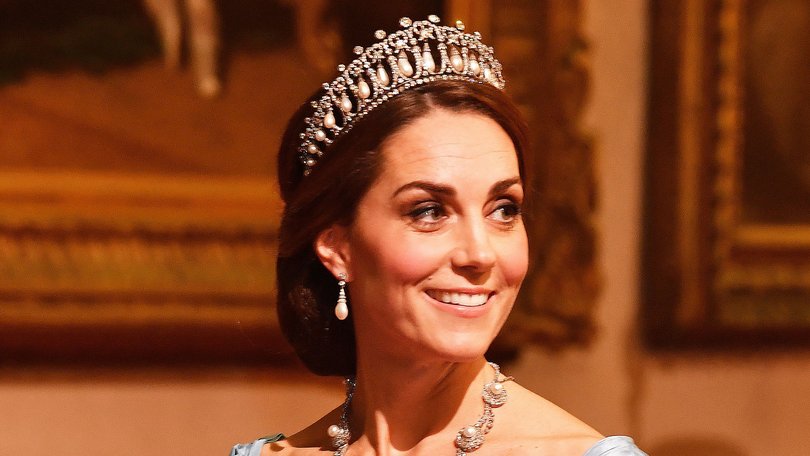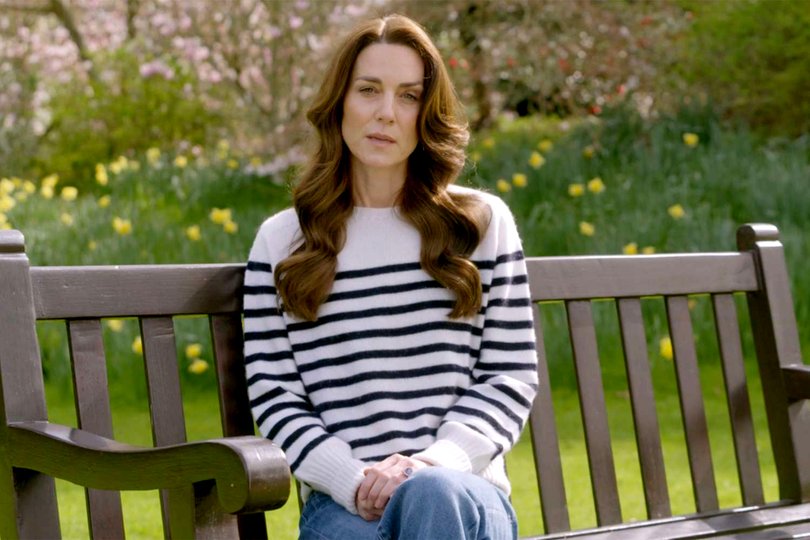THE NEW YORK TIMES: Russian Group Spread Disinformation About Princess of Wales, Experts Say

The whirl of conspiracy theories that enveloped Catherine, Princess of Wales, before she disclosed her cancer diagnosis last week probably didn’t need help from a foreign state. But researchers in Britain said Wednesday that a notorious Russian disinformation operation helped stir the pot.
Martin Innes, an expert on digital disinformation at Cardiff University in Wales, said he and his colleagues tracked 45 social media accounts that posted a spurious claim about Catherine, also known as Kate, to a Kremlin-linked disinformation network, which has previously spread divisive stories about Ukraine’s president, Volodymyr Zelenskyy, as well as about France’s support for Ukraine.
It is not clear who might have hired the disinformation network to go after Kate, but it has a track record of campaigns to undermine the countries and people at odds with the Kremlin.
Sign up to The Nightly's newsletters.
Get the first look at the digital newspaper, curated daily stories and breaking headlines delivered to your inbox.
By continuing you agree to our Terms and Privacy Policy.Britain’s robust support for Ukraine, and London’s long-standing antagonism with Moscow, would make it a tempting target for the Russians.
Kensington Palace, where Kate and her husband, Prince William, have their offices, declined to comment on Russia’s role in the recent rumormongering.
Innes, who leads a research program exploring the causes and consequences of digital disinformation, said his team noticed a mysterious spike in a certain type of social media post March 19, a day after video surfaced of Kate and William leaving a food shop near their home in Windsor.
One widely repeated post on X, formerly known as Twitter, featured an image from the video, with Kate’s face clearly altered. It asked, “Why do these big media channels want to make us believe these are Kate and William? But as we can see, they are not Kate or William. …”
Tracing the 45 accounts that recycled this post, Innes said the researchers found they all originated from a single master account, carrying the name Master Firs.
It bore the characteristics of a Russian disinformation operation known in the industry as Doppelgänger, he said.

Since 2017, Doppelgänger has been linked to the creation of fake websites that impersonate actual news organisations in Europe and the United States.
Last week, the U.S. Treasury Department’s Office of Foreign Assets Control announced sanctions against two Russians, and their companies, for involvement in cyber-influence operations. They are believed to be part of the Doppelgänger network.
This article originally appeared in The New York Times.
© 2024 The New York Times Company
Originally published on The New York Times
